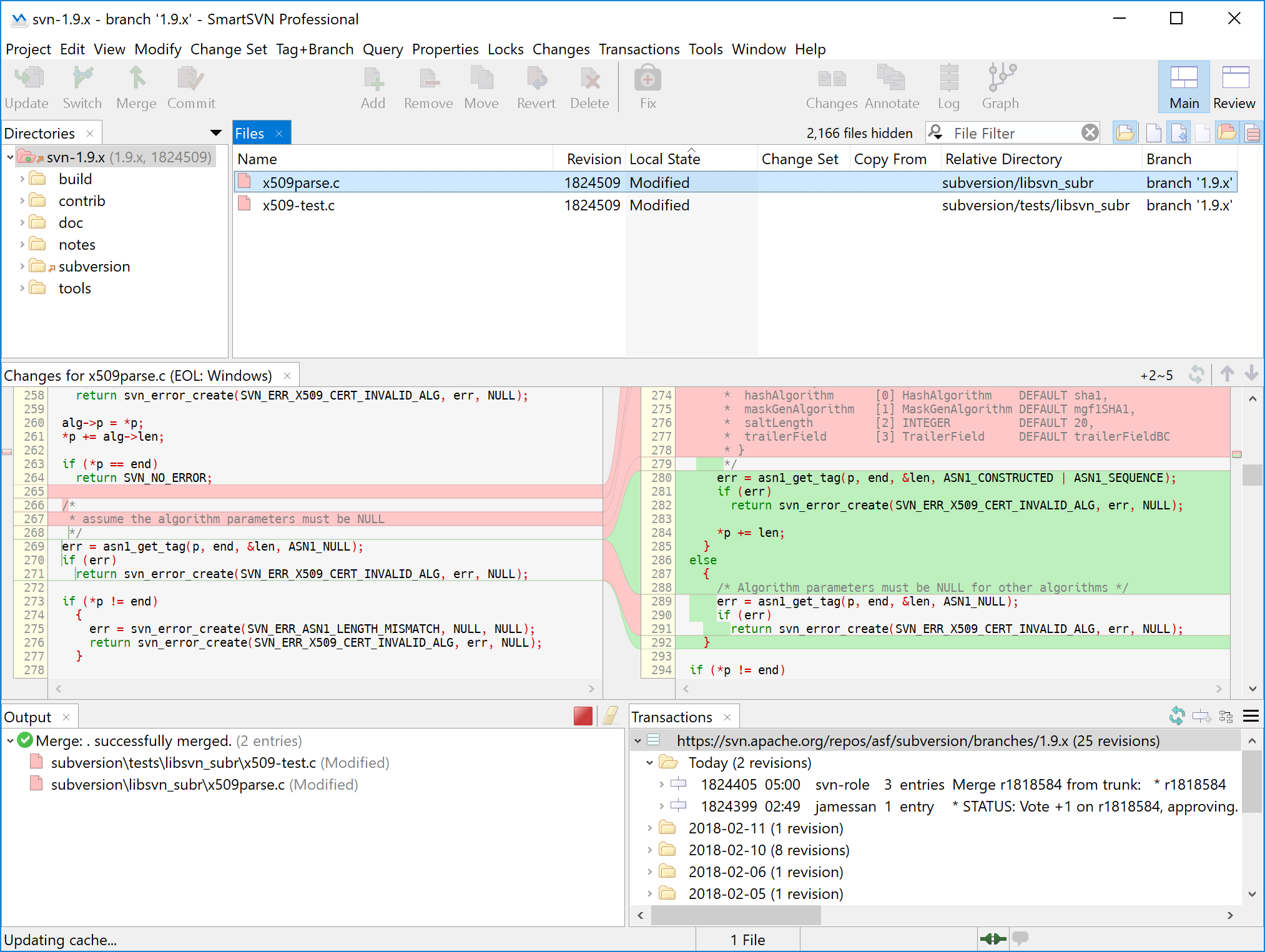

The last argument in the co command is the local path where the checkout should happen.

So on the safe side, copy the contents into a different folder and delete everything from /home/myproject You should empty the folder before you do a checkout as svn might complain that the folder is not empty or it might have file conflicts. You can simply use svn://192.168.1.80/dummyproject if required.Īfter the import, you need to do a checkout. You dont need to specify /trunk at the end. This is just a SVN convention where a repository has three standard folders: trunk, tags and branches. Note that the svn path has a /trunk added in the end. This will import the current folder recursively into the repository. Svn import svn://192.168.1.80/dummyproject/trunk –username amit –password mypassword At the end of checkout your repository is updated with the latest files and you have a working copy. We import all the project files and folder into SVN and then we do a checkout. Lets assume the IP of the svn machine is 192.168.1.80Īssume you already have a project in /home/myproject which you now want to add into SVN. We are going to use the svn:// url format even if the client and server are on the same machine. Here we are using the bare bones approach and going to use the command line.
Svn client on linux windows#
Windows users can use TortoiseSVN client to connect to the svn server and there are other GUI based clients for other platforms.
Svn client on linux how to#
Lets see how to use it from the client side. Now we are done with setting up the server side of things. A user needs to supply authentication to browse or make changes in the repository. We are not allowing any anonymous access to the repository. The above line allows the user amit to have read-write access to this repositoryīy doing this you are setting up a username-password pair to access this repository. In the conf folder there will be 4 files: The other folders are used by subversion and manually changing something in them may corrupt the repository. Do not ever manually alter anything in these folders except for the conf folder. It will contain files and folders which subversion creates.

This creates a repository under the subversion folder. Either you can put multiple projects in the same repository by having them in separate folders or you can set each project to reside in its own repository. You can set it to autostart by putting it in /init.d as is the general preference. Lets use /var/subversion as the root folderĬhange ownership as required. You can designate any folder in your system as the subversion repository root.
Svn client on linux install#
This will install the latest subversion package on your system. In other words this is a bare bones installation and this kind of setup is only recommended if you are installing it on a local network or a private computer which is not accessible on public networks. This article is about installing Subversion on a Linux Mint machine and using Subversion without Apache or SSH or WebDAV.


 0 kommentar(er)
0 kommentar(er)
